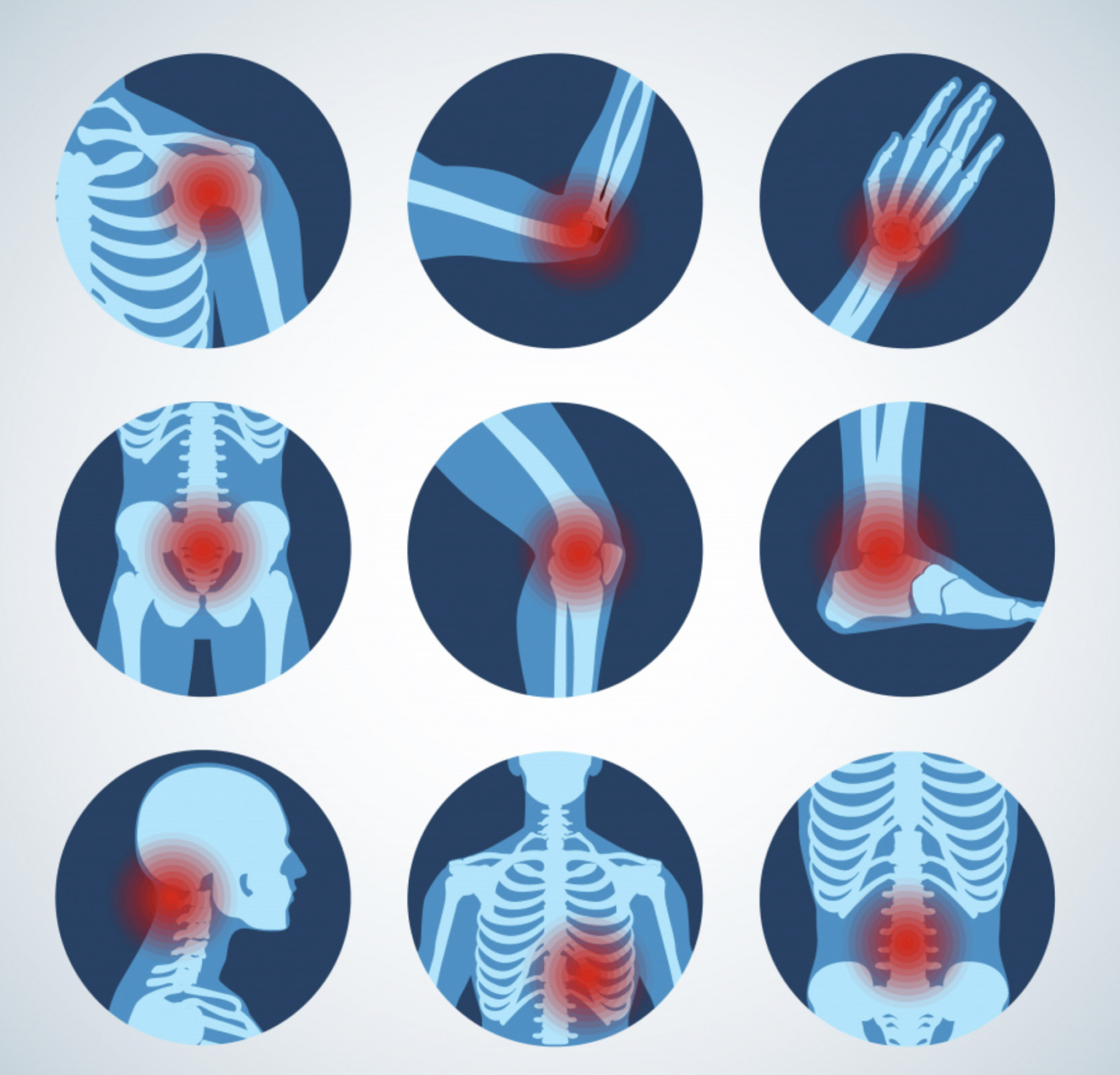Anti-Rheumatic Drugs Addressing Rheumatic Diseases

The demand for anti-rheumatic drugs is growing due to the rising incidence of rheumatic diseases. A disease refers to any disorder affecting joints, tendons, ligaments bones, and muscles resulting in pain swelling, and stiffness. The Centers for Disease Control and Prevention states that from 2013-2015 around 54.4 million adults had been informed by a doctor of arthritis, rheumatoid arthritis, gout lupus, or fibromyalgia. Also, the report states that by 2040, an estimated 78 million US adults will have doctor-diagnosed arthritis.
The Geriatric Population is More Prone to Rheumatoid Arthritis
The number of elderly people with rheumatoid arthritis is increasing. Also, people suffering from rheumatoid arthritis are more vulnerable to the risk of cardiovascular, neoplastic, infectious, and iatrogenic complications. Elderly people with rheumatoid arthritis need individualized care and a multimodal evaluation which could improve the quality of care for elderly inflammatory rheumatic disease patients. The chronic inflammatory rheumatic disease affects 2 to 3% population including elderly people.
Disease-modifying Anti-rheumatic Drugs are the Popular
Choice Drugs such as disease-modifying anti-rheumatic drugs (DMARDs) helps in treating rheumatic diseases. It reduces the pain, swelling, and stiffness over weeks or months by slowing down the disease and its effect on the joints. However, nonsteroidal anti-inflammatory(NSAID) drugs will remain a popular choice among patients because nonsteroidal anti-inflammatory drugs reduce inflammation quickly. Hormone-like chemical, prostaglandins contribute to inflammation. NSAID drugs prevent an enzyme called cyclooxygenase ( COX) from making prostaglandins. There are two types of COX. COX 1 and COX 2. However, the functions of COX1 and COX 2 are different. COX1 protects the stomach lining whereas COX 2 plays a role in inflammation. In the United States, selective COX-2 NSAID is available as a prescription drug. Moreover, these drugs reduce the pain and stiffness that come with arthritis.
Leading Players Embarked on Phase Trials to Enhance Efficacy Benefits in Patients
Sandoz, a division of Novartis announced data from the phase lll ADMYRA trial in June 2019. Hyrimoz, a biosimilar showed efficacy benefits in patients with moderate-to-severe rheumatoid arthritis. Another leading player GSK announced its phase lll program in patients with rheumatoid arthritis in July 2019. The program has been started with otilimab. This is an investigational anti-granulocyte macrophage colony-stimulating factor monoclonal antibody, for patients with moderate to severe rheumatoid arthritis.



